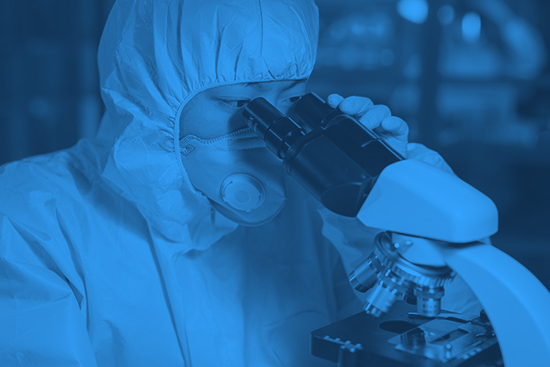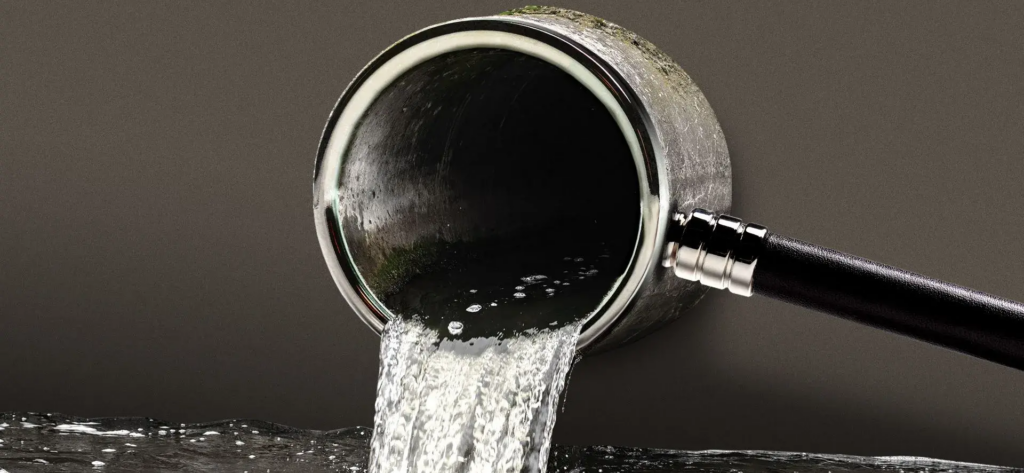Wastewater intelligence data can reveal the true burden of foodborne illnesses

A data-driven wastewater analysis tool that provides a more complete and accurate picture of foodborne illnesses, including norovirus.
Norovirus is a highly communicable, common, and serious illness – sometimes fatal – that causes gastrointestinal symptoms such as diarrhea and vomiting. It’s the leading cause of foodborne illness in the United States, with an estimated 19-21 million illnesses, and it can also cause outbreaks in schools, daycares, and long-term care facilities. Norovirus is shed in abundance in both human feces and vomit, providing ample opportunity for the virus to enter the wastewater system.
Current public health data systems don’t provide a complete picture of the burden of norovirus because state and local public health officials do not currently track individual cases. Biobot and wastewater intelligence can provide a more complete picture of the burden of disease.

Ready to speak with our experts?
Learn more about wastewater analysis plans, how to implement testing programs and how Biobot Analytics can help improve the health of your community.

Why Measuring Norovirus Matters

Wastewater data can establish a baseline, which can be used to monitor community trends and identify outbreaks early, which will aid mitigation efforts.

Understand the two most important genogroups of norovirus that cause human illness: genogroup I (GI) and genogroup II (GII). Both are tracked by the CDC because they are important causes of illness. Wastewater monitoring elucidates trends for each genogroup individually.

Because little is known about norovirus case rates, wastewater monitoring helps identify neighborhood- and building-level prevalence data for more targeted interventions and resource allocation.
Biobot in the News

Our wastewater analysis platform provides an early warning system for foodborne illnesses, like norovirus, even before a rise in cases. Because it’s highly communicable, we provide fast turnaround and an easy-to-use data platform, where you can identify potential risks and track the prevalence of pathogen concentration, giving you the information needed to protect your community by employing mitigation strategies.
Why Biobot?
Biobot uses a highly sensitive method called quantitative polymerase chain reaction (qPCR) to identify genetic material from norovirus in wastewater samples. Importantly, Biobot looks for the two most important genogroups of norovirus that cause human illness – GI and GII – to help communities build the most effective action plans.

Early Warning
Detect an increase or change in the community before other monitoring systems. This early warning system can empower public health officials to respond quickly to mitigate outbreaks.

Cost Effective
Wastewater monitoring can provide an overview of the burden of disease for a fraction of the time and cost of mass individual testing.

Comprehensive Coverage
Get a comprehensive picture of the prevalence of norovirus, including asymptomatic and misdiagnosed cases, which are not captured by traditional surveillance methods.

Flexible
Wastewater monitoring can allow you to quickly pivot to track the emergence and spread of newly identified foodborne illnesses, or where illnesses, like norovirus, are beginning to spread in areas where they were not previously circulating.

Equitable
Sewage gives everyone a voice. It’s not reliant on an individual’s access to or use of healthcare, and provides a holistic and inclusive view of disease trends.

Rapid Results
Because norovirus is highly communicable, every moment matters. Our lab provides results as quickly as the next business day after sample receipt.
Want to keep your community safe?
Get in touch to learn more about Biobot’s tested and trusted norovirus wastewater monitoring.